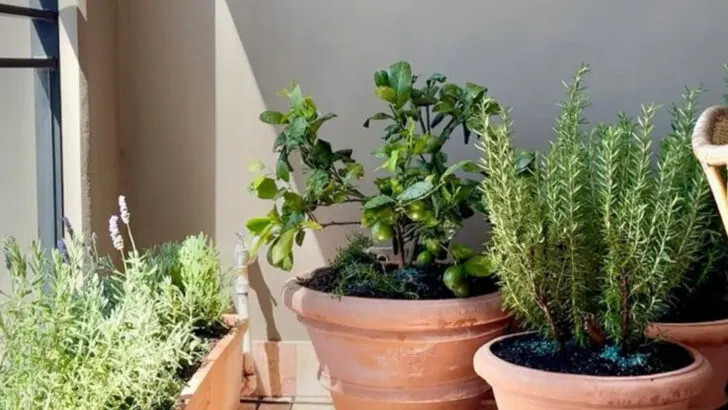Not all plants are picky—but some absolutely thrive in terracotta and downright struggle in plastic. From their breathability to their timeless, earthy aesthetic, terracotta pots create the perfect microclimate for many popular summer plants.
Whether it’s herbs that hate soggy roots, flowers that crave consistent airflow, or succulents that demand quick drainage, these 19 plants seem to say: “Give me clay, or give me nothing!” And honestly, once you see how stunning they look in warm-toned terracotta, you’ll never reach for plastic again.
So if you’re refreshing your containers this season, start with the pot—not the plant. These summer stunners not only grow better in clay, they also elevate your garden or balcony with effortless Mediterranean charm.
Lavender
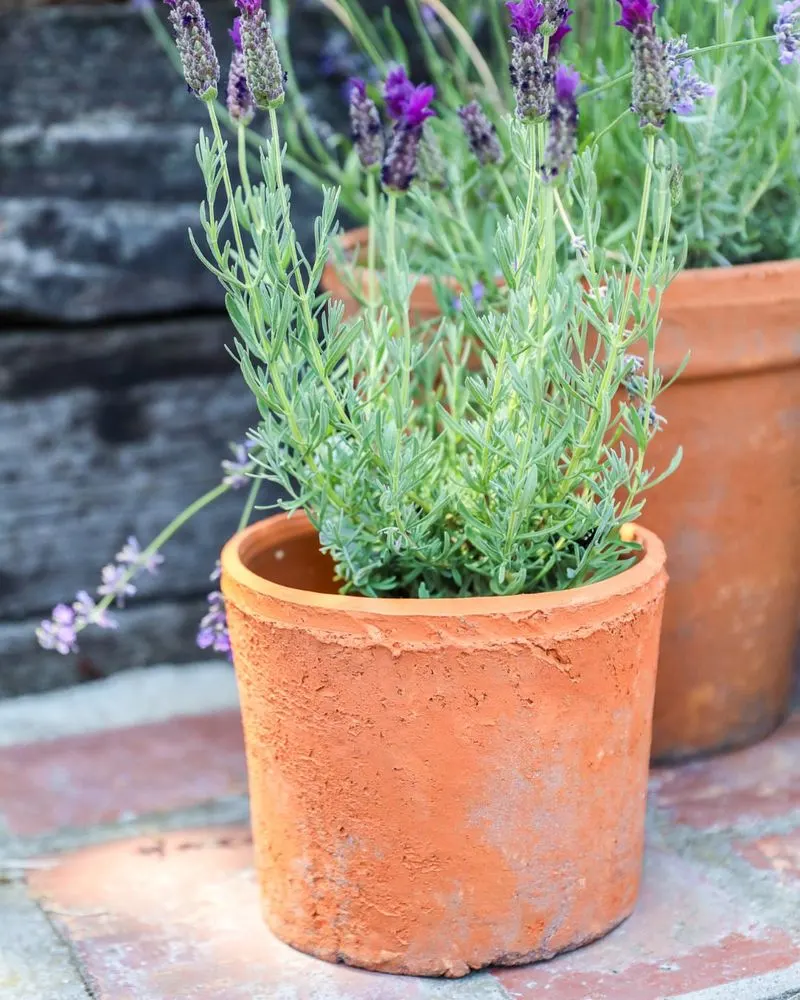
Lavender’s vibrant hue and soothing scent make it a favorite for gardeners seeking both beauty and utility. Originating from the Mediterranean, this perennial prefers well-drained soil and lots of sunlight. In terracotta, lavender can breathe freely, preventing the root rot that often plagues it in plastic pots. Its fragrant blooms not only attract pollinators but also add a calming aroma to any outdoor space. Whether used in culinary dishes or as a natural insect repellent, lavender is versatile. Its gray-green foliage provides an elegant contrast to the warm tones of terracotta.
Geranium
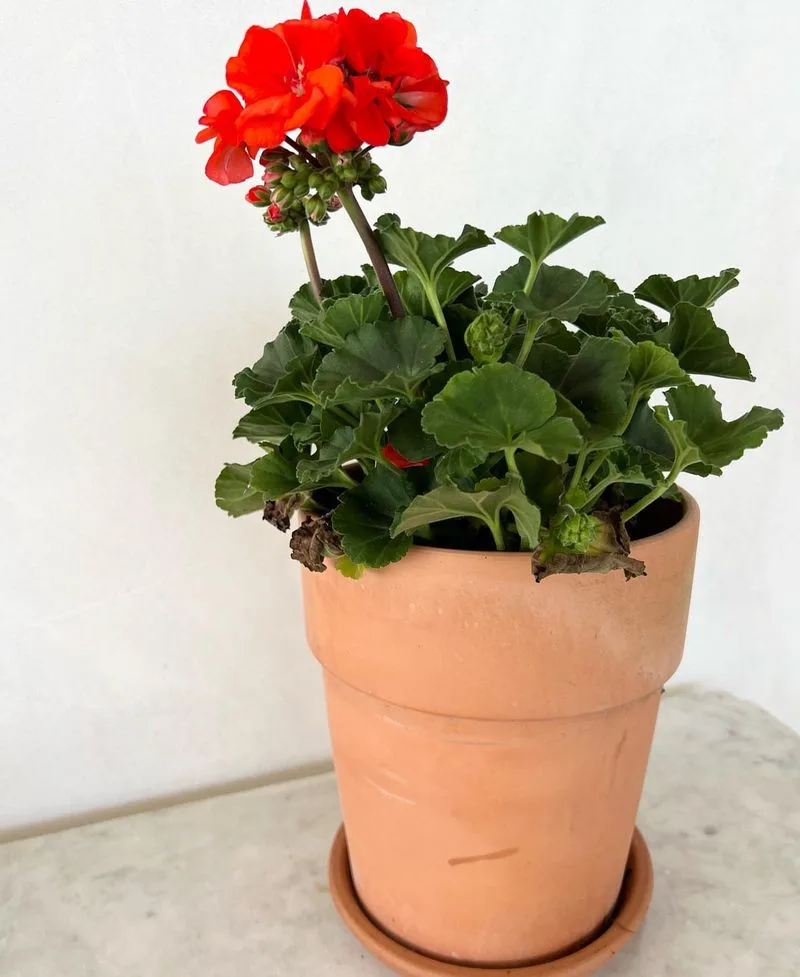
Geraniums, with their bold colors and robust nature, are perfect for summer displays. This plant enjoys well-aerated roots, which terracotta pots facilitate beautifully. Whether you choose classic red, pink, or white blossoms, their vibrant petals will shine against terracotta’s earthy tones. Geraniums thrive with regular watering but appreciate the drying effect of terracotta between drinks. Known for their pest-repelling properties, they’re a practical choice for patios and balconies. Their cascading flowers bring movement and life, making them ideal for adding a splash of color to any summer setting.
Succulent Mix
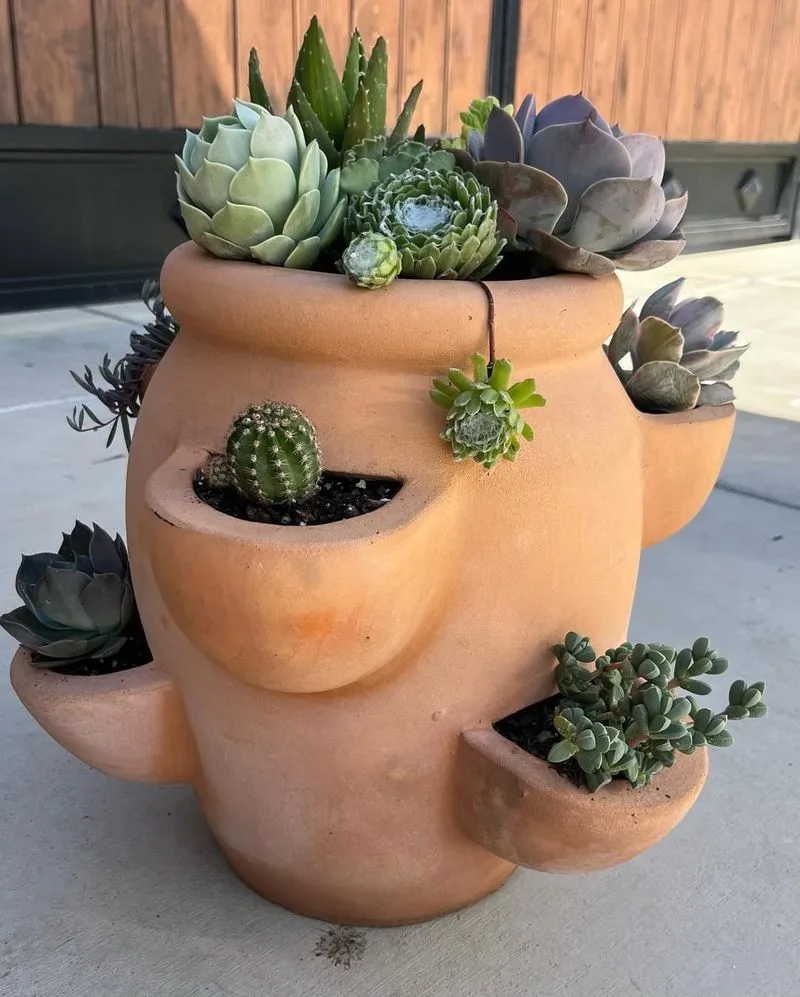
Succulents are ideal for those who love low-maintenance, high-impact plants. These hardy species store water in their leaves, making them perfect for arid conditions. Terracotta’s porous nature enhances drainage, preventing the overwatering missteps common with plastic pots. Whether it’s the geometric beauty of echeverias or the quirky charm of cacti, a varied mix can provide stunning contrasts. Succulents thrive in bright light and prefer a dry environment. Arranging them creatively in terracotta dishes can transform a simple windowsill into a captivating mini-garden.
Basil
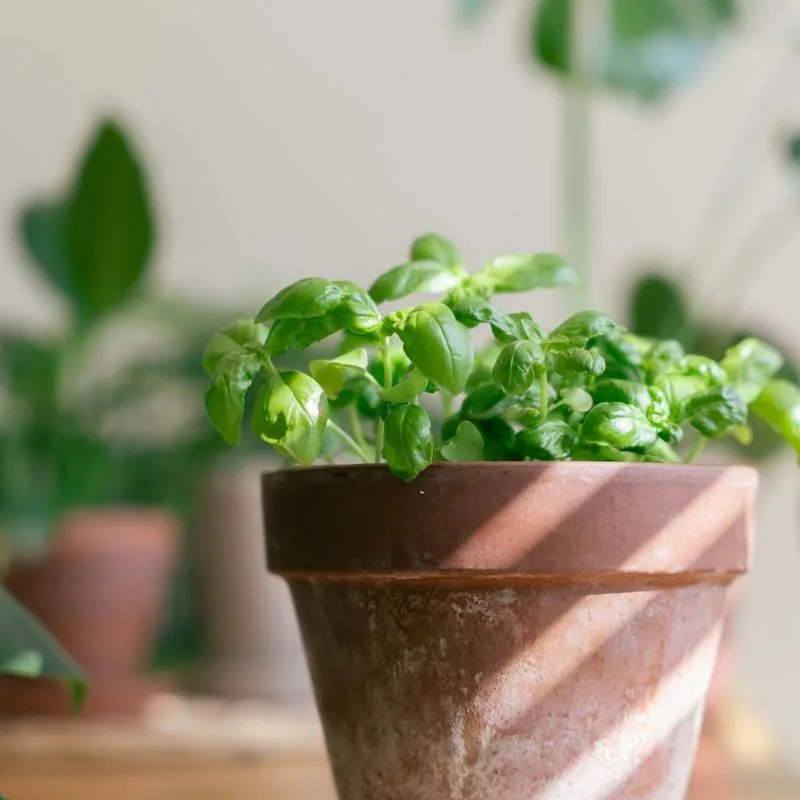
Basil, often hailed as the king of herbs, is a staple in culinary gardens. Its aromatic leaves are essential for Italian dishes, making it a kitchen favorite. Terracotta pots provide the excellent drainage basil craves, ensuring the roots remain healthy and rot-free. Enjoys a sunny spot with regular watering, basil’s lush growth will be well-supported by the breathable nature of terracotta. Its delightful scent can uplift any garden or windowsill. Moreover, basil’s companion planting benefits, such as repelling insects, make it a practical addition to any garden.
Rosemary
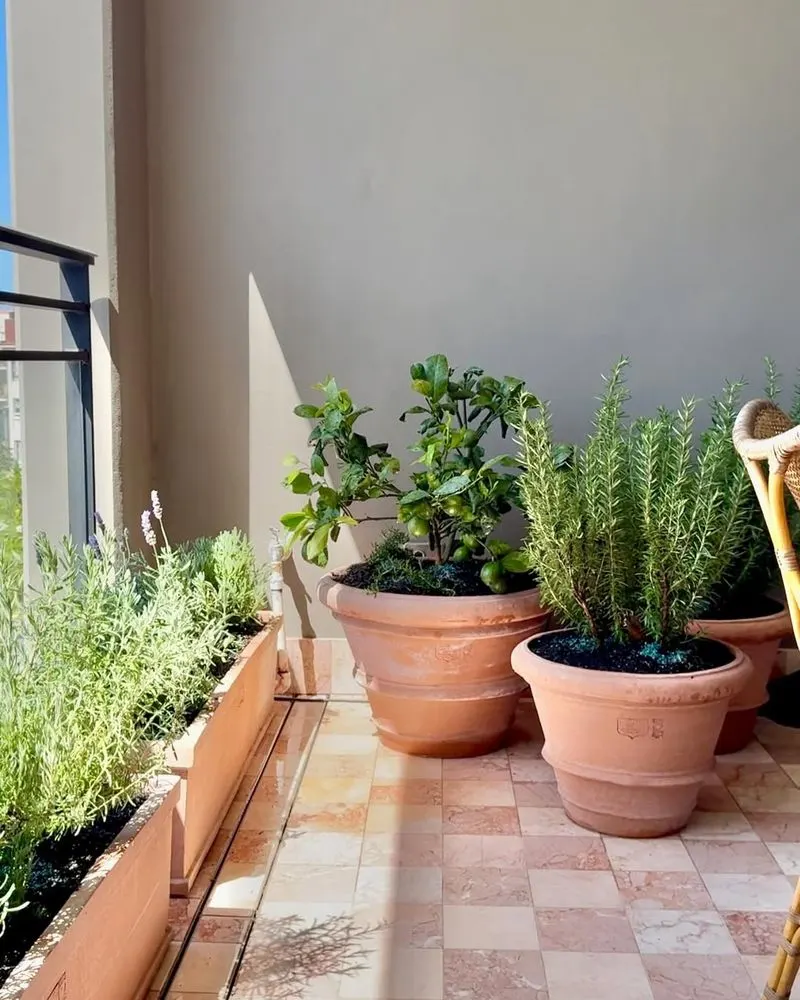
Rosemary brings a touch of the Mediterranean to your garden with its aromatic, needle-like leaves. This hardy herb thrives in well-drained soil, making terracotta an ideal partner. The pot’s ability to wick away moisture replicates rosemary’s native, dry habitats, preventing overwatering. Not only does it add flavor to your dishes, but its evergreen nature provides year-round greenery. The scent of rosemary wafting through the air can transform an ordinary patio into a small culinary haven. Its resilience and fragrance make it a beloved choice for both novice and experienced gardeners.
Aloe Vera
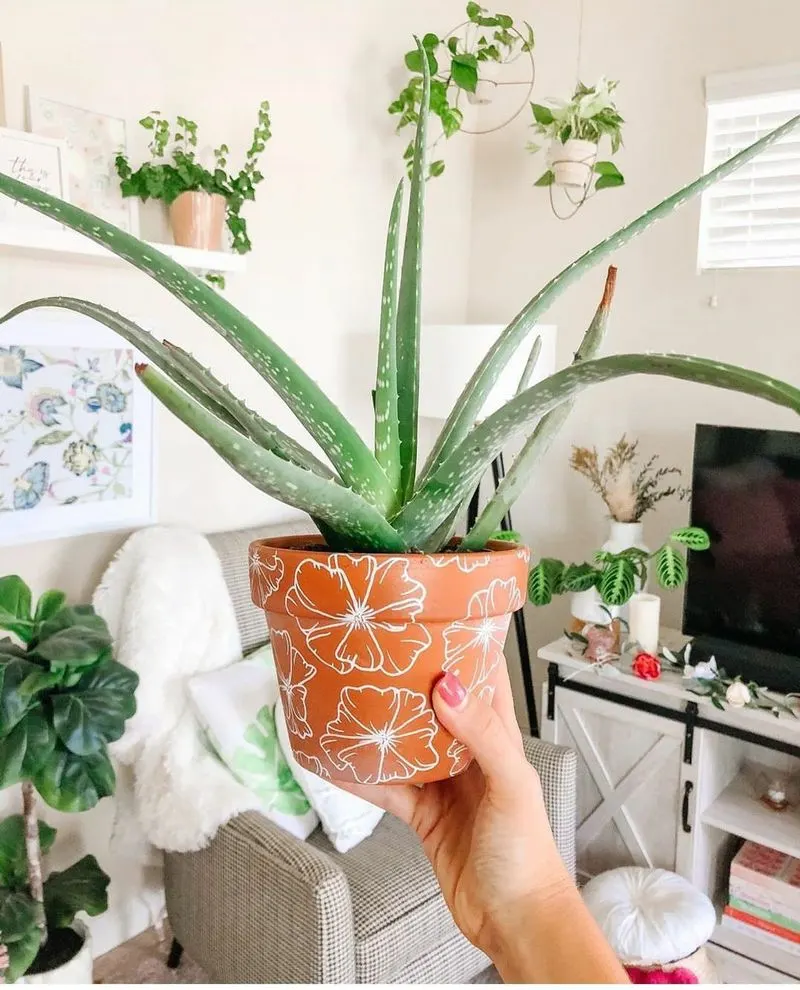
Aloe Vera is celebrated for its medicinal properties, offering soothing relief for burns and skin irritations. Its fleshy leaves require minimal watering, thriving in the breathable environment that terracotta provides. This ensures the soil dries out between waterings, a condition aloe loves. Placed in a sunny spot, its striking form adds an exotic touch to interiors and gardens alike. Aloe’s low-maintenance nature makes it perfect for busy individuals looking to add greenery without fuss. Its practical benefits, combined with its architectural beauty, make aloe a standout choice for terracotta.
Fern
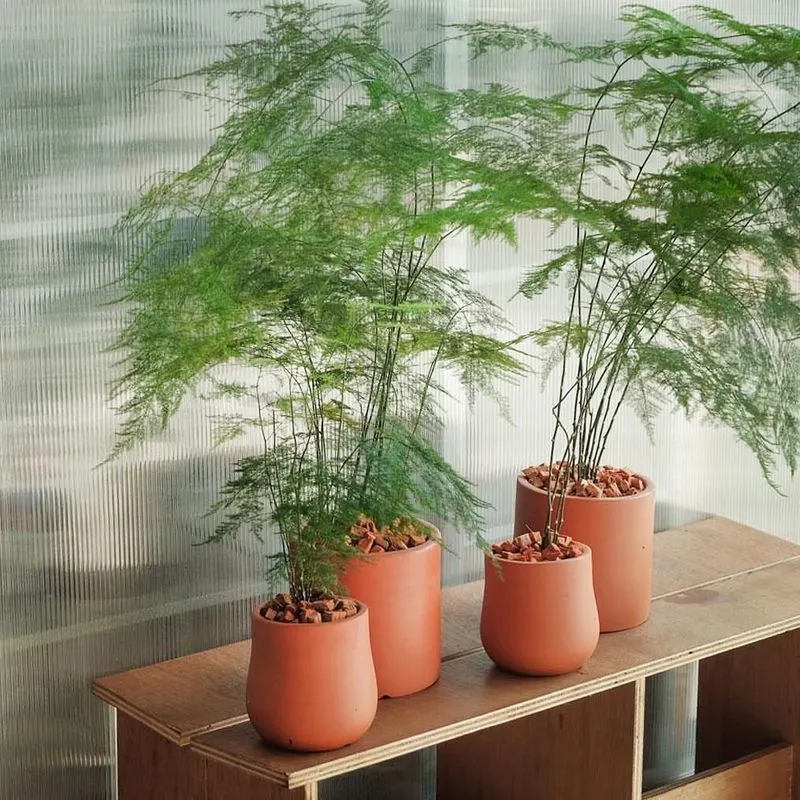
Ferns evoke a sense of tranquillity and lushness with their feathery fronds. These plants prefer indirect light and consistently moist soil, conditions that terracotta supports through its natural moisture regulation. Unlike plastic, terracotta prevents waterlogging, keeping ferns healthy and vibrant. Whether adorning a shaded patio or a cozy corner indoors, ferns bring a refreshing, woodland vibe to any space. Their ability to thrive in lower light makes them versatile companions in various settings. This resilience, combined with their textured beauty, makes ferns a timeless choice.
Sage
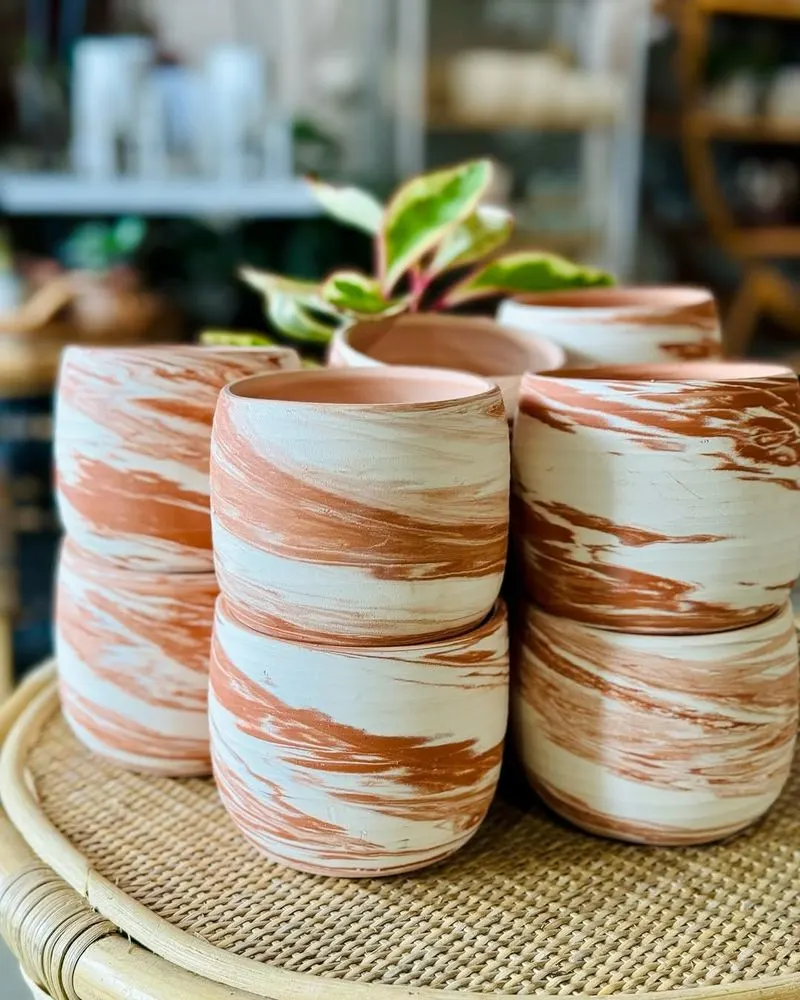
Sage offers more than just culinary benefits; its soft, evergreen leaves bring subtle beauty to gardens. Terracotta pots highlight sage’s muted colors while providing the excellent drainage it needs. This herb prefers a sunny spot and thrives in the drier conditions that terracotta encourages. Beyond its aesthetic appeal, sage is known for its medicinal properties and ability to attract beneficial insects. Its robust nature and fragrant leaves make it a valuable addition to any herb collection. Sage’s understated elegance is perfectly complemented by the rustic charm of terracotta.
Mint
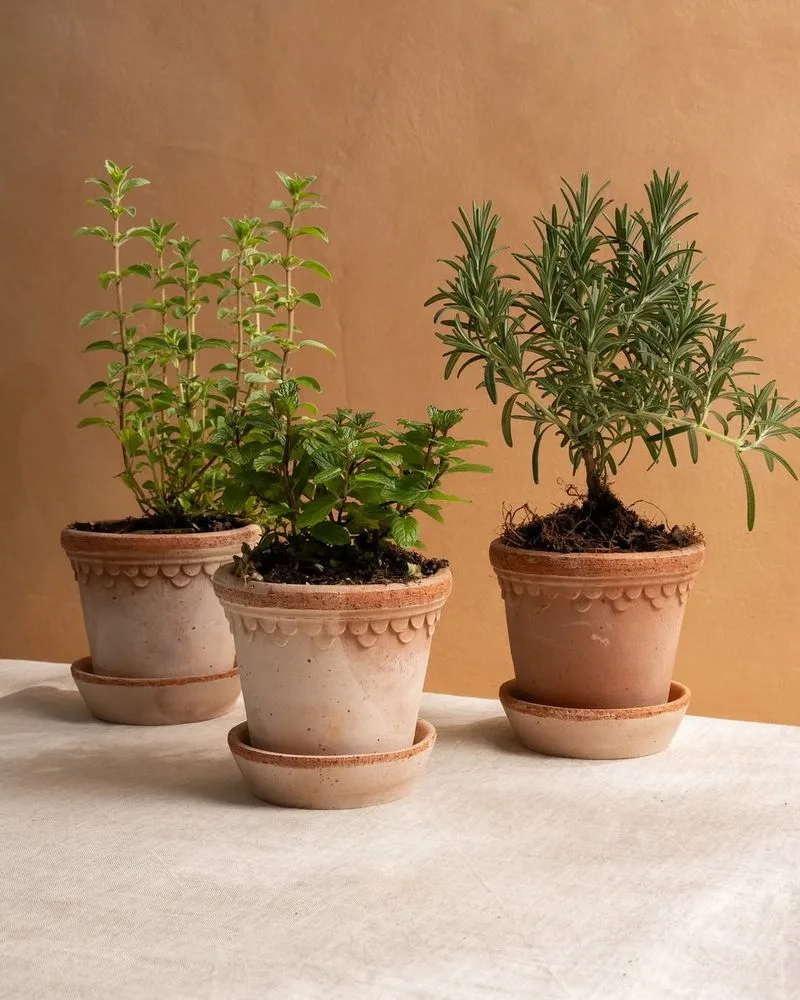
Mint’s invigorating scent and rapid growth rate make it a favorite among gardeners. This herb thrives in terracotta, where its roots can spread comfortably without becoming waterlogged. Known for its culinary versatility, mint adds a refreshing twist to drinks and dishes. Its lush growth is well-contained within the confines of a pot, preventing it from overtaking garden spaces. Terracotta’s porous nature aids in keeping the soil evenly moist, ideal for mint’s needs. Whether enhancing a summer cocktail or a fresh salad, mint’s presence is both practical and pleasing.
Fuchsia
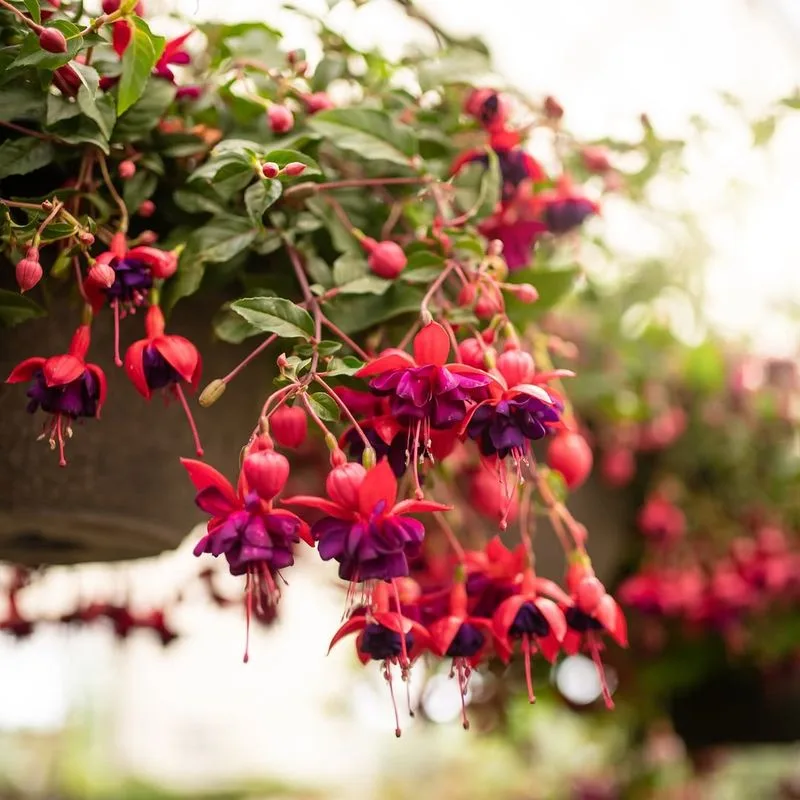
Fuchsia’s elegant, drooping blooms create a striking display of color. These pendulous flowers come alive in terracotta pots, which provide the perfect balance of moisture retention and aeration. Fuchsias enjoy cool, shaded environments, and terracotta keeps roots at an optimal temperature. Their vibrant hues attract hummingbirds and other pollinators, adding dynamic life to your garden. By choosing terracotta, you ensure these plants remain healthy and vibrant throughout the summer months. The playful dance of fuchsia blooms creates a captivating scene that enlivens any porch or patio.
Chives
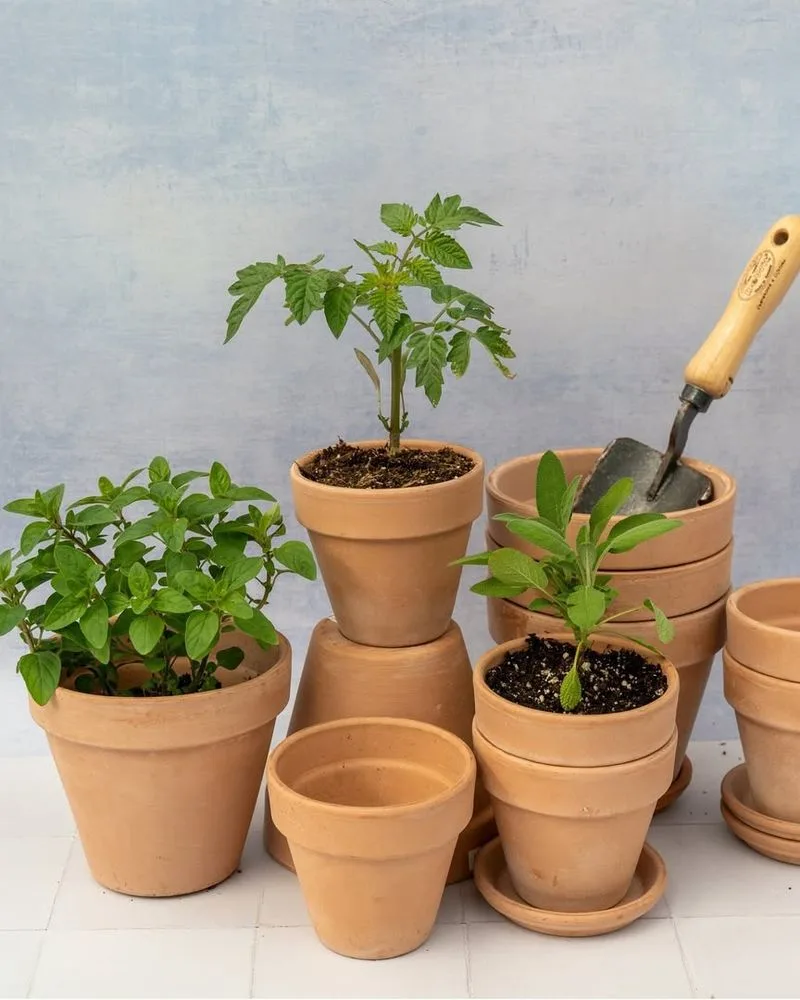
Chives, with their delicate stalks and mild onion flavor, are a versatile addition to any herb garden. They thrive in terracotta pots, which keep their roots well-drained and healthy. A sunny spot enhances their growth, allowing for a continual harvest of both stalks and flowers. Chives are not only a culinary delight but also deter garden pests, making them doubly useful. The contrast of their purple blooms against the earthy terracotta creates a visually appealing combination. Chives’ easy-going nature makes them suitable for both novice gardeners and seasoned pros.
Petunia
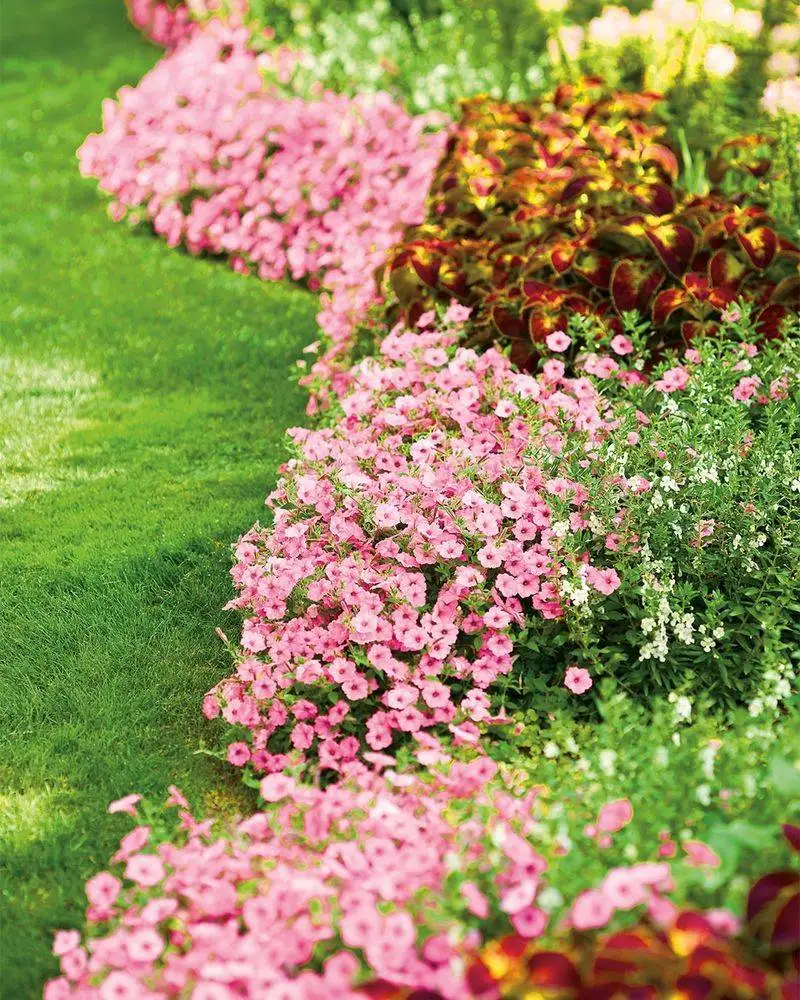
Petunias are celebrated for their vibrant, trumpet-shaped flowers and long blooming season. These sun-loving annuals flourish in terracotta pots, where the enhanced drainage prevents root rot. Their expansive color palette offers endless possibilities for garden design, from soft pastels to striking brights. Regular deadheading ensures continuous blooms, keeping your garden lively all summer. Terracotta’s natural tones complement the vivid colors of petunias, creating a harmonious visual display. Whether hanging baskets or porch pots, petunias bring cheerful energy to any outdoor space.
Thyme
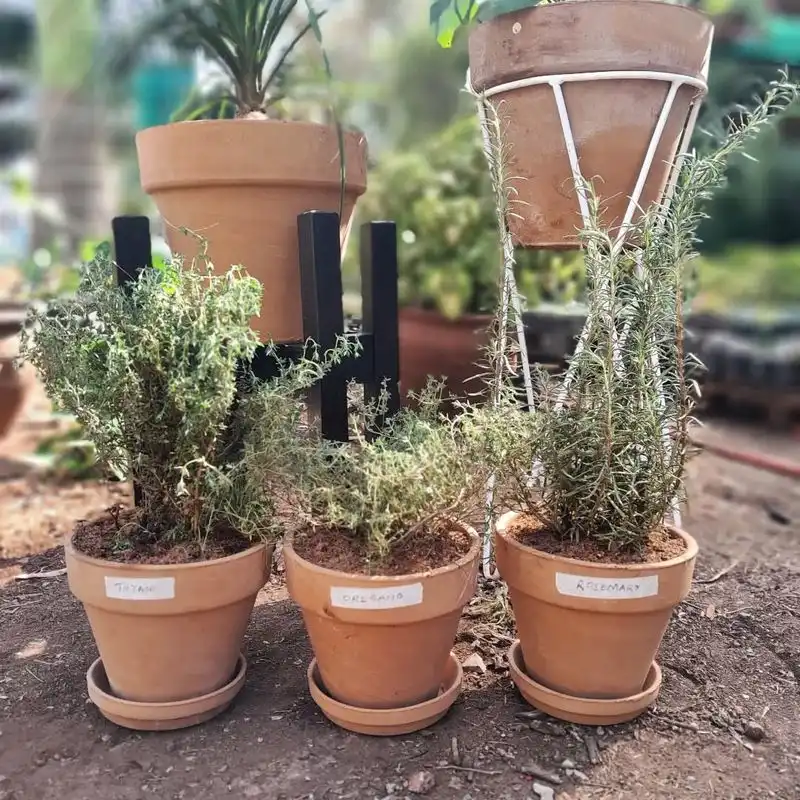
Thyme’s aromatic leaves and sprawling habit make it a garden essential. Thriving in the well-drained environment of terracotta, thyme enjoys the sun and infrequent watering. This herb’s compact nature is ideal for container gardening, where it can spread without overwhelming its companions. Thyme provides culinary delight and visual appeal with its tiny leaves and occasional flowers. In terracotta, its roots benefit from the pot’s ability to evaporate excess moisture, keeping the plant healthy. This easy-care herb suits a variety of garden styles, adding a Mediterranean touch.
Begonia
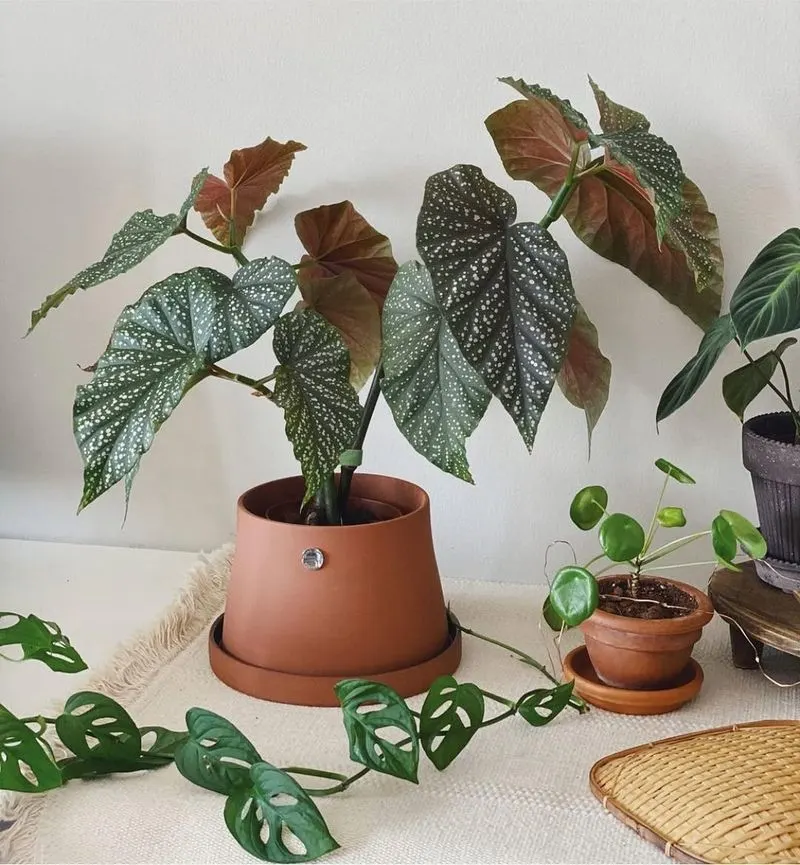
Begonias are cherished for their bright blooms and varied foliage, making them a versatile choice for summer gardens. These shade-loving plants thrive in terracotta, which helps regulate moisture and maintain healthy roots. Available in a spectrum of colors and leaf shapes, begonias provide endless design possibilities. Their ability to flourish in indirect light makes them perfect for shaded patios and balconies. Terracotta’s breathability ensures begonias receive the right amount of moisture without waterlogging. Their vibrant presence can turn any neglected corner into a colorful retreat.
Oregano
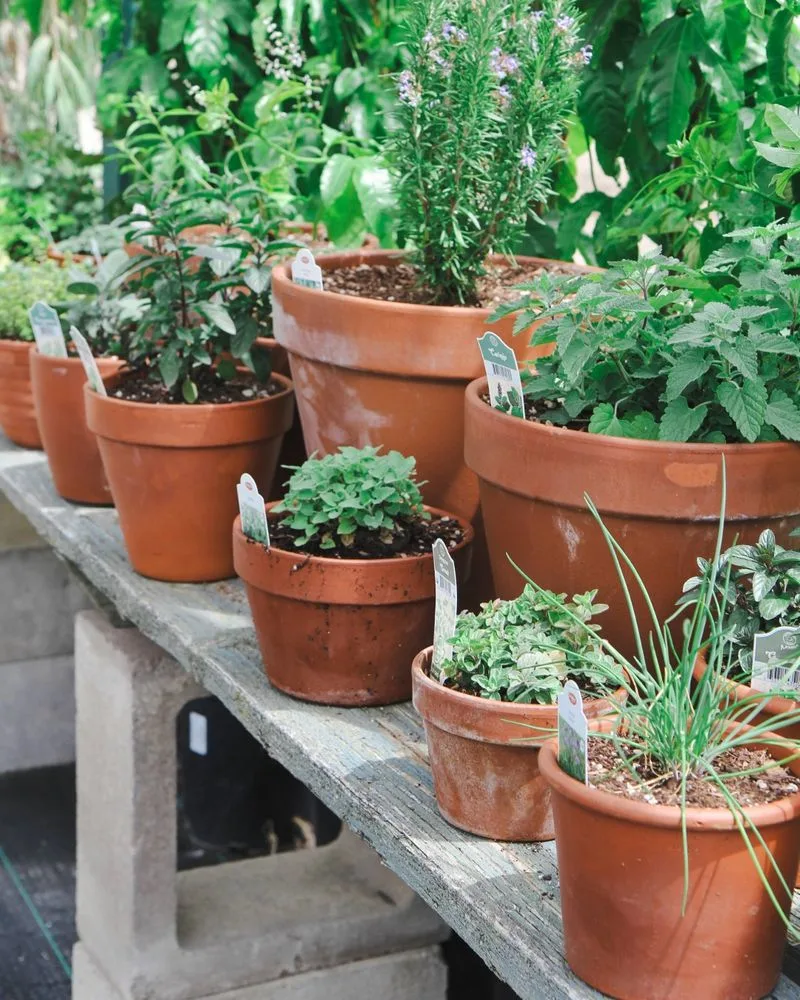
Oregano’s robust flavor and easy-growing nature make it a staple in herb gardens. This Mediterranean herb thrives in terracotta pots, where excellent drainage prevents soggy roots. Oregano prefers full sun, and its hardy constitution makes it drought-tolerant once established. Regular trimming encourages bushy growth and abundant leaves for culinary use. The rustic appeal of terracotta complements oregano’s earthy tones, creating an inviting, aromatic setting. Perfect for both novice and seasoned gardeners, oregano’s adaptability and flavor enhance any outdoor or kitchen garden.
Pansy
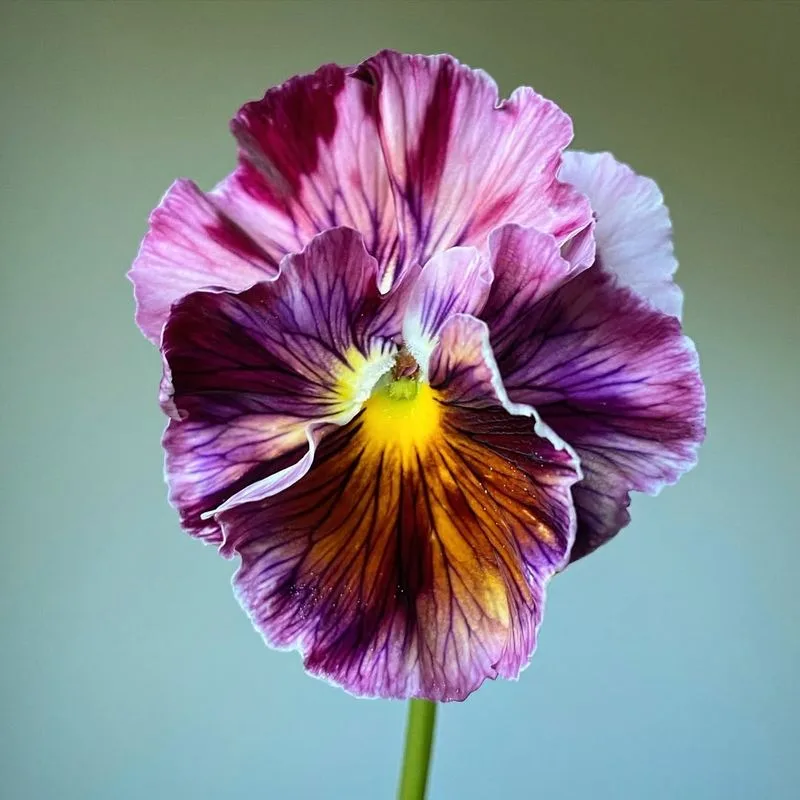
Pansies, with their expressive faces and vibrant colors, are garden favorites for adding cheer. These cool-weather annuals enjoy the breathability of terracotta pots, which keep their roots healthy and prevent damping off. Available in an array of color combinations, pansies offer versatility in garden design. Their compact size makes them ideal for container gardens and borders. Regular deadheading encourages continued blooms, ensuring a colorful display throughout the season. Whether adorning a garden path or a sunny patio, pansies bring a touch of whimsy and warmth.
Cilantro
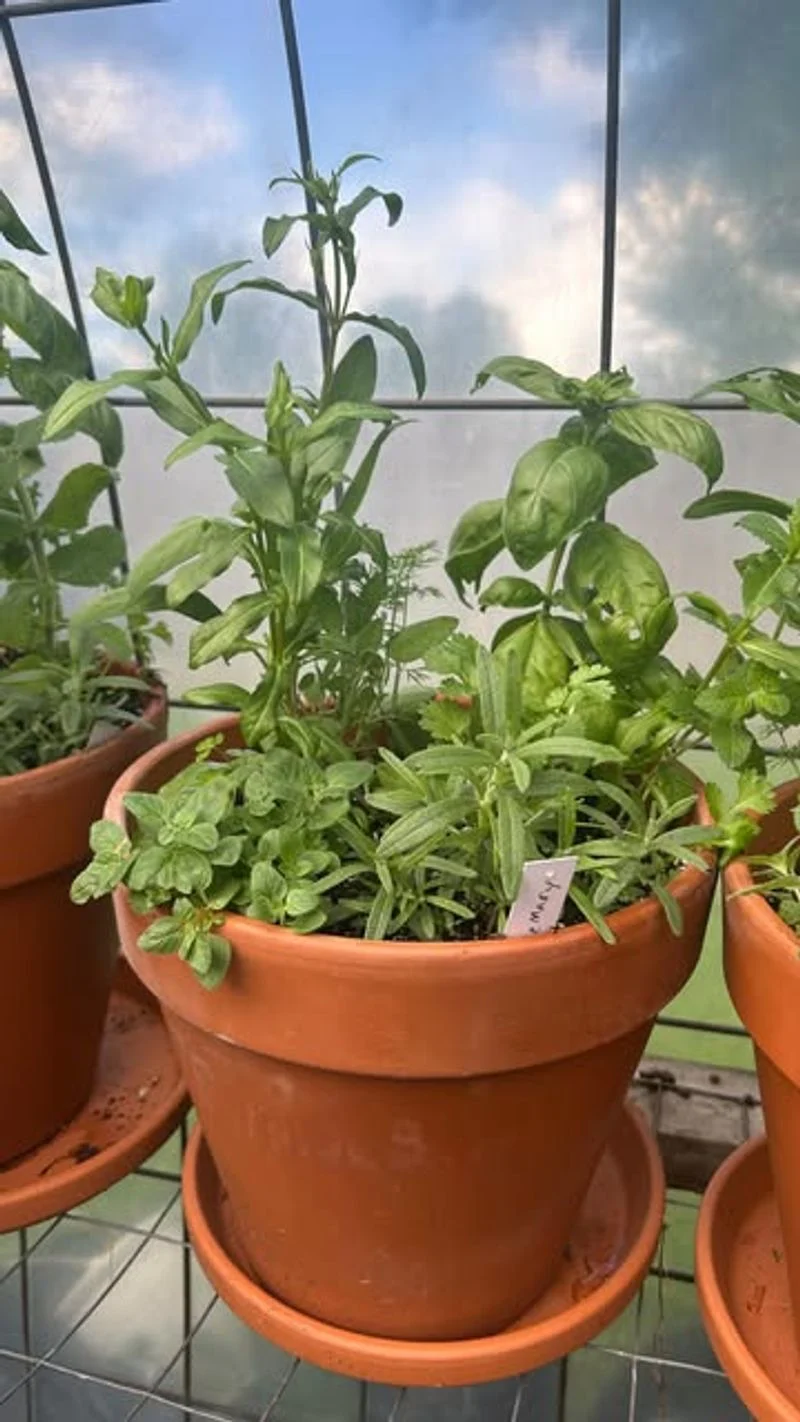
Cilantro, known for its distinct flavor, is a staple in many cuisines worldwide. This fast-growing herb thrives in terracotta pots, where the soil remains well-drained and roots healthy. Cilantro prefers cooler weather but requires full sun for optimal growth. Regular harvesting encourages new leaf production, providing a continuous supply for culinary use. The terracotta’s natural hue complements cilantro’s vibrant green, creating a visually pleasing combination. Whether used in salsas or salads, cilantro’s fresh taste and aroma are a must-have for any herb garden.
Marigold
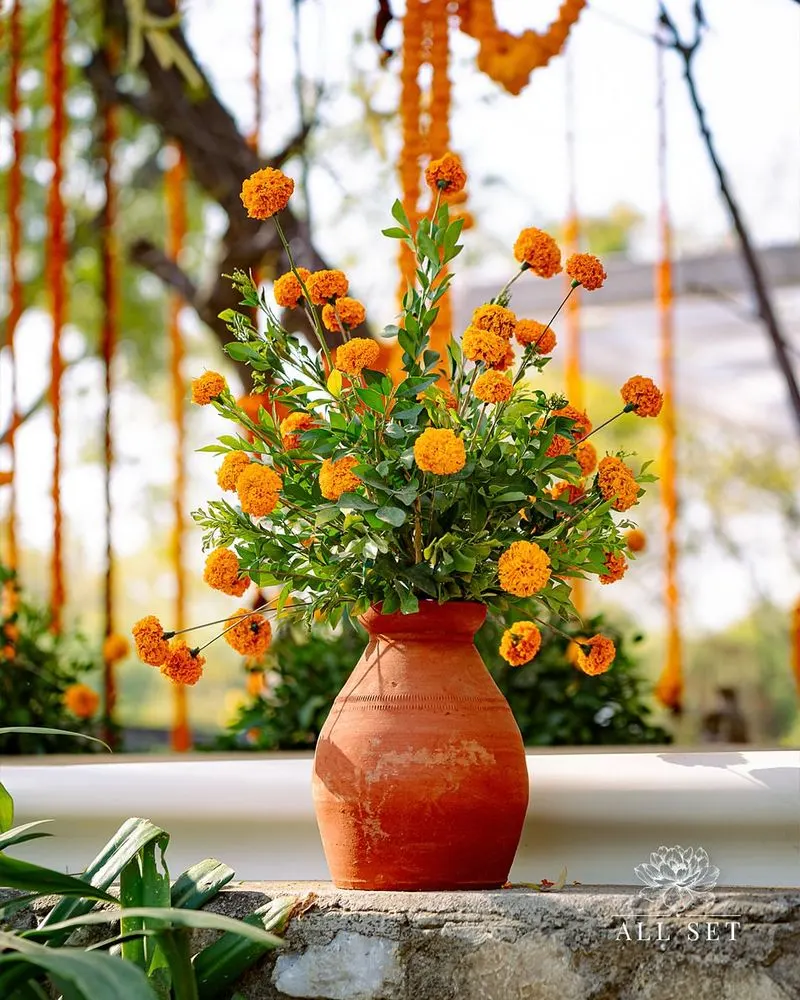
Marigolds are renowned for their vibrant blooms and pest-repelling qualities. These hardy flowers thrive in terracotta, benefiting from its excellent drainage and root aeration. Available in shades of orange and yellow, marigolds add a burst of color to any garden. Their resilience makes them easy to grow, even in less-than-ideal conditions. Regular deadheading ensures they continue to bloom throughout the summer. Terracotta’s warm tones enhance the bright hues of marigolds, creating a cheerful and inviting garden scene. Ideal for borders and pots, they bring joy and functionality.
Lemon Balm
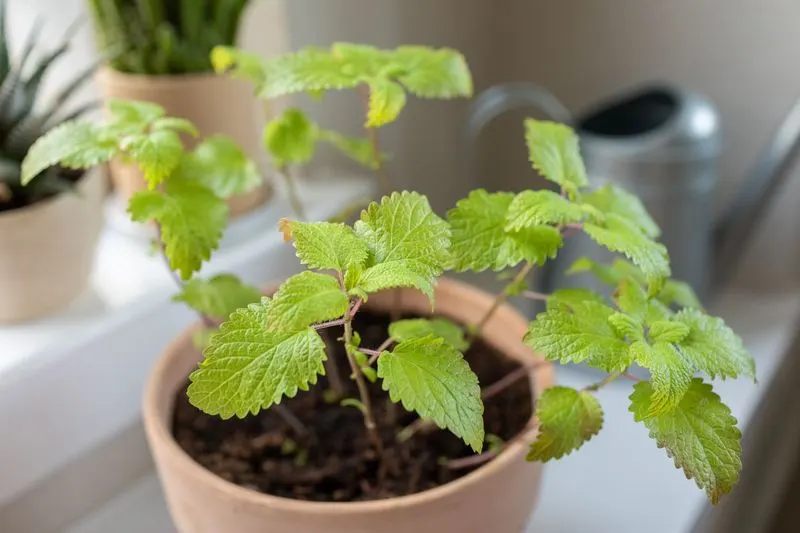
Lemon balm’s citrusy aroma and calming properties make it a delightful addition to any garden. Thriving in terracotta, this herb benefits from good drainage and a stable root environment. Lemon balm prefers full sun to partial shade, adapting to different garden conditions with ease. Its fragrant leaves can be used in teas and culinary dishes, providing a refreshing twist. The rustic charm of terracotta enhances its lush appearance, making it a centerpiece in herb gardens. Lemon balm’s versatility and scent make it an attractive choice for both novice and experienced gardeners.

